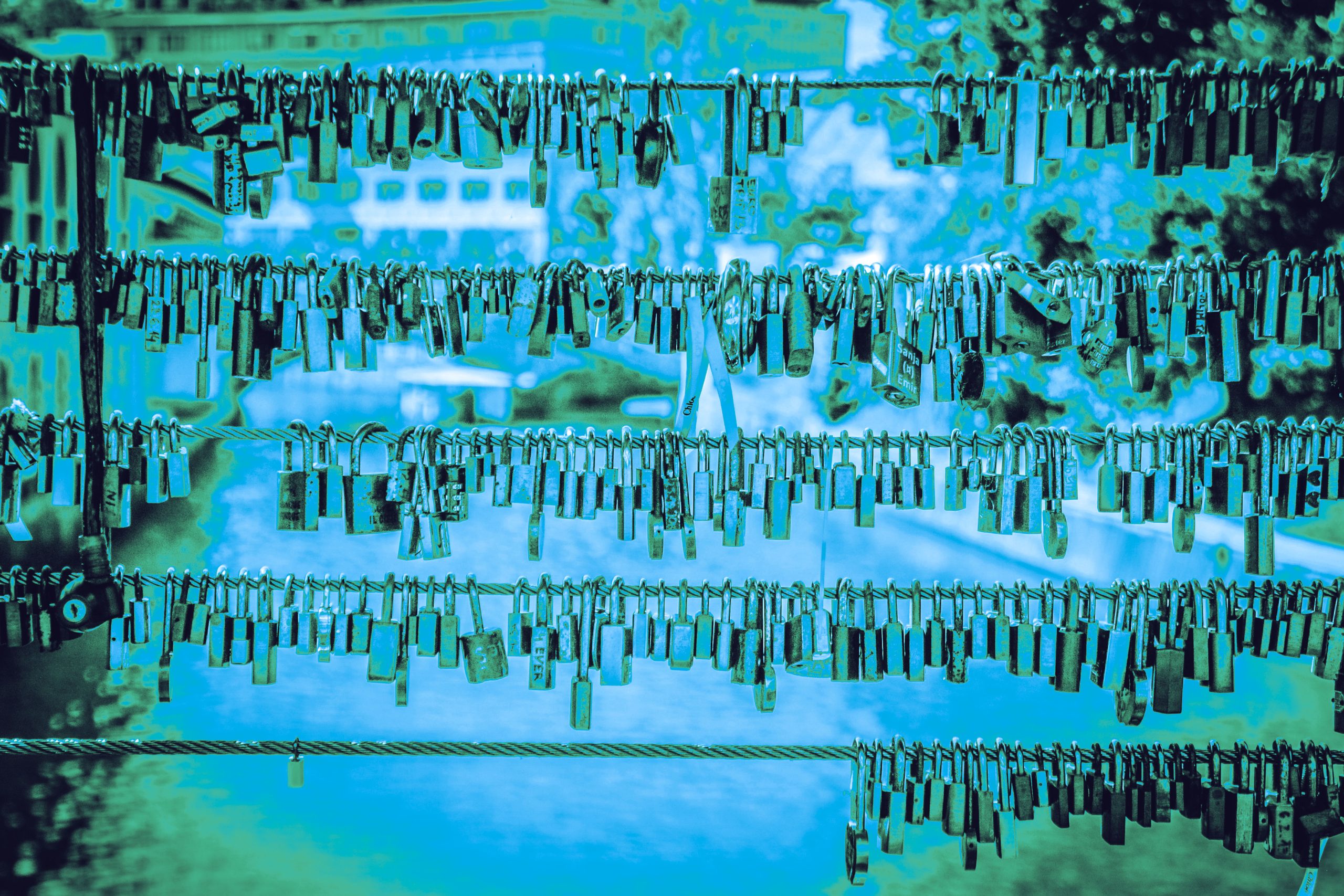We uncovered a surprising connection between cyber security and martial arts through our conversation with Yumi Nishiyama, the Director of Strategic Alliances at Anvilogic, on Episode 45 of The Cyber Security Matters Podcast. Yumi joined us to talk about partnerships within the industry, her work around culture and how she supports and advocates for women in our sector. However, something else that stood out during our conversation was her unusual background and what drew her to cyber security. Read on to find out more.
How did you first get into the cybersecurity industry in the first place?
It was quite by accident. I’d gone to graduate school to study how women in developing countries were leveraging this new thing called the Internet for economic empowerment back in 2001. My first advisor there was a woman named Dorothy Denning, and she wrote a book called Information Warfare and Security. I took a class with her, and I just fell in love with the topic. There was so much happening out there that I had no idea about.
I think that experience, coupled with the fact that my father was a Sensei, was a huge influence on my career path. I wore my first karate gi when I was two months old, so I grew up in martial arts. This whole concept of combat and defence was very natural to me, so when I took Dr Dennings’s class, it was eye-opening because it was martial arts but in the digital world.
What’s the best advice that you’ve been given over the years?
There are three different parts, some of which I’ve mentioned already. My father was a huge influence on me, and when he was really ill and knew that his days weren’t long, I apologised to him for not taking the standard path of marriage and kids. My father mustered all his energy, and he told me that everyone has their own path. That meant so much to me because it freed me from these expectations that society has on all of us about what we need to be or become, and it freed me to be who I want to be.
Alongside that, I’ve worked with some amazing executive coaches. Dr Sharon Melnick has been fantastic – and I’m paraphrasing here, but she talks about how external factors can make us feel powerless, so the only thing we can do is be responsible for our 50%. I’ve taken that to heart and tried to control what I can, and everything else I just have to adapt to.
I’ve also been fortunate to work with this woman named Bronia Hill, who talks about the value of being your authentic self, which I think aligns well with what my father said. I’m in the cybersecurity realm. I will never be someone who loves to spend hours and hours breaking apart a system to find the vulnerability to exploit in order to protect it. But, I’ve taken what I love to do, which is working with people, being creative and innovating, in this realm of partnerships, and now I love this role in cybersecurity.
Can you pinpoint any key themes that have contributed to your success?
Growing up in martial arts teaches you all these lessons and stories. One thing that really resonated with me was part of my fencing training and martial arts training with my father, who said, ‘If you’re standing in front of your opponent and you’re thinking about winning or losing, you’ve already defeated yourself.’ It’s about approaching things like a game. That’s what I’ve applied to my professional life; you don’t think about the outcomes or what you will succeed in. Instead, you focus on being in the game.
For me to be happy in a job, I need three things. They are surrounding myself with great people, problem-solving, and being creative. I’ve learned that you take these great people, and they become your network. The solutions that you’ve developed become your intellectual property, and creativity is the way that you reach your outcomes. If you are true to yourself and know that you’ve succeeded in what you love to do, everything else is just icing on top.
To find out more about Yumi’s work in the cyber security sector, tune into Episode 45 of The Cyber Security Matters Podcast here.
We sit down regularly with some of the biggest names in our industry, we dedicate our podcast to the stories of leaders in the technologies industries that bring us closer together. Follow the link here to see some of our latest episodes and don’t forget to subscribe.
















